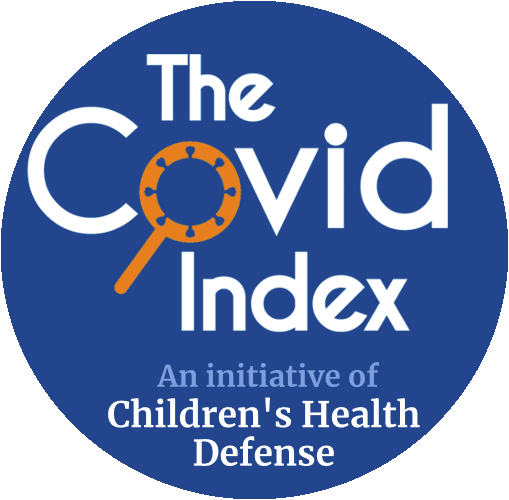"Methods
Population description, eligibility and enrollment: We conducted a cluster-randomized controlled trial in which households were randomly allocated to a surgical mask arm (intervention) or a control (non-intervention) arm. The mask had to be worn by the index case only. The intervention was targeted at the household level, and the outcomes were measured at the individual level in household subjects...
Intervention: … The main objective was to assess the decrease of secondary [influenza-like] illness in household contact in the mask group vs. the control group. We also focused on the tolerance and feasibility of wearing masks...
Discussion
We did not show any significant difference in ILI [influenza-like illness] proportion among household contacts between the intervention arm and the control arm...
The analysis of other trials testing the efficacy of facemasks use in households did not show a significant decrease of the secondary illness rate in their primary intent-to-treat analyses... [In] this study, no additional benefit was observed when facemask was added to hand hygiene by comparison with hand hygiene alone. Our findings are consistent with these results, suggesting a low effectiveness, if any, of facemasks when used alone to limit influenza transmission in a closed-setting."
© 2010 Canini et al.
This is an open-access article distributed under the terms of the Creative Commons Attribution License, which permits unrestricted use, distribution, and reproduction in any medium, provided the original author and source are credited.
